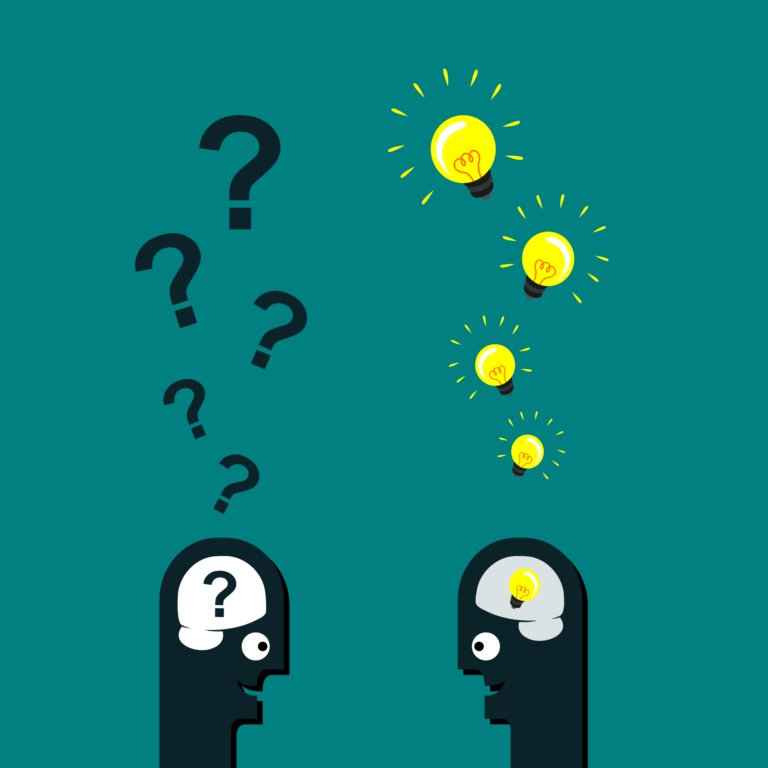The Iceberg Model
When many people — myself included — hear the word iceberg, we think of a young Leonardo DiCaprio and say “I’m the king of the world!” in a stage whisper. A century after the fact, Titanic recounted one of history’s most tragic accidents: the sinking of the RMS Titanic in 1912. The iceberg that caused the terrible wreck, which resulted in over 1500 deaths, is undoubtedly the most talked-about iceberg in recent times — but maybe it shouldn’t be. The theoretical iceberg Sigmund Freud created to describe brain function just a few years after the Titanic sank is much lesser known, but it’s been just as influential in our society. While some aspects have been disputed and adjusted over the years, Freud’s iceberg model of the human mind radically changed the way we thought about ourselves and helped form the basis of modern psychology.
Like many things in life, there’s more to an iceberg than what meets the eye — up to 90% is under the surface, basically invisible to someone above water. Freud believed this concept also applied to the human mind, and that much of our brain activity occurs beneath the conscious level. He separated the brain into three tiers: conscious thought (that of which we are fully aware), unconscious thought (that of which we are completely unaware), and preconscious thought (that of which we are not currently aware but is easily accessible to us). The tip of the iceberg represents the conscious mind, while the deeply submerged portion symbolizes the unconscious. Our preconscious mind is represented by the ice just below the surface.
In the years after, Freud expanded the iceberg theory by devising a second model of the mind that worked in concert with the first. This second model also had three parts, called the id, ego, and superego, and referred more specifically to the types of thoughts that inhabit our various levels of consciousness. The id is the primordial part of the brain, which instinctively seeks out pleasurable experiences without regard for external factors or situations, and resides completely in our unconscious. The ego shares the id’s goal of pleasure but tries to find realistic ways to satisfy the id’s desires. The superego consists of one’s conscience and moral standards, and tries to subdue the id whenever possible. The ego and superego operate in all three levels of consciousness.
Freud’s model of the mind has been expanded and revised in recent decades due to advances in cognitive psychology and neuroscience. The unconscious mind proved to be much more extensive than even Freud imagined, but its purpose was also more varied. The widely-accepted view among academics today is of an “adaptive unconscious”, including lots of high-level thought modules that are hidden from consciousness in order to make the brain more efficient. While this idea doesn’t necessarily negate Freud’s id-ego-superego system, it contradicts his theory that the unconscious brain contains mainly repressed thoughts. Rather than a storehouse for our most base urges, the unconscious is more like an unseen engine, silently powering our subjective experience.
Citations:







